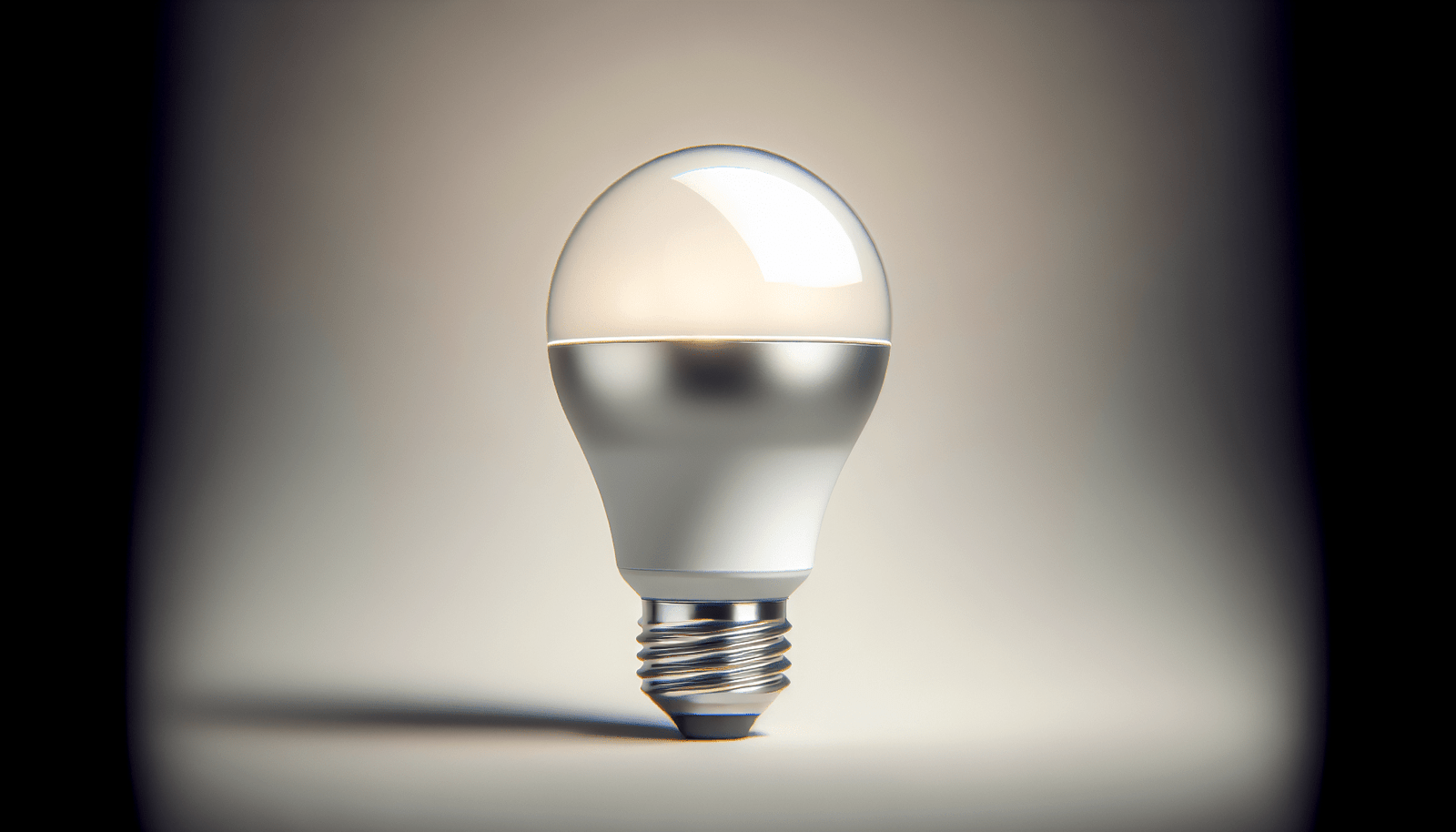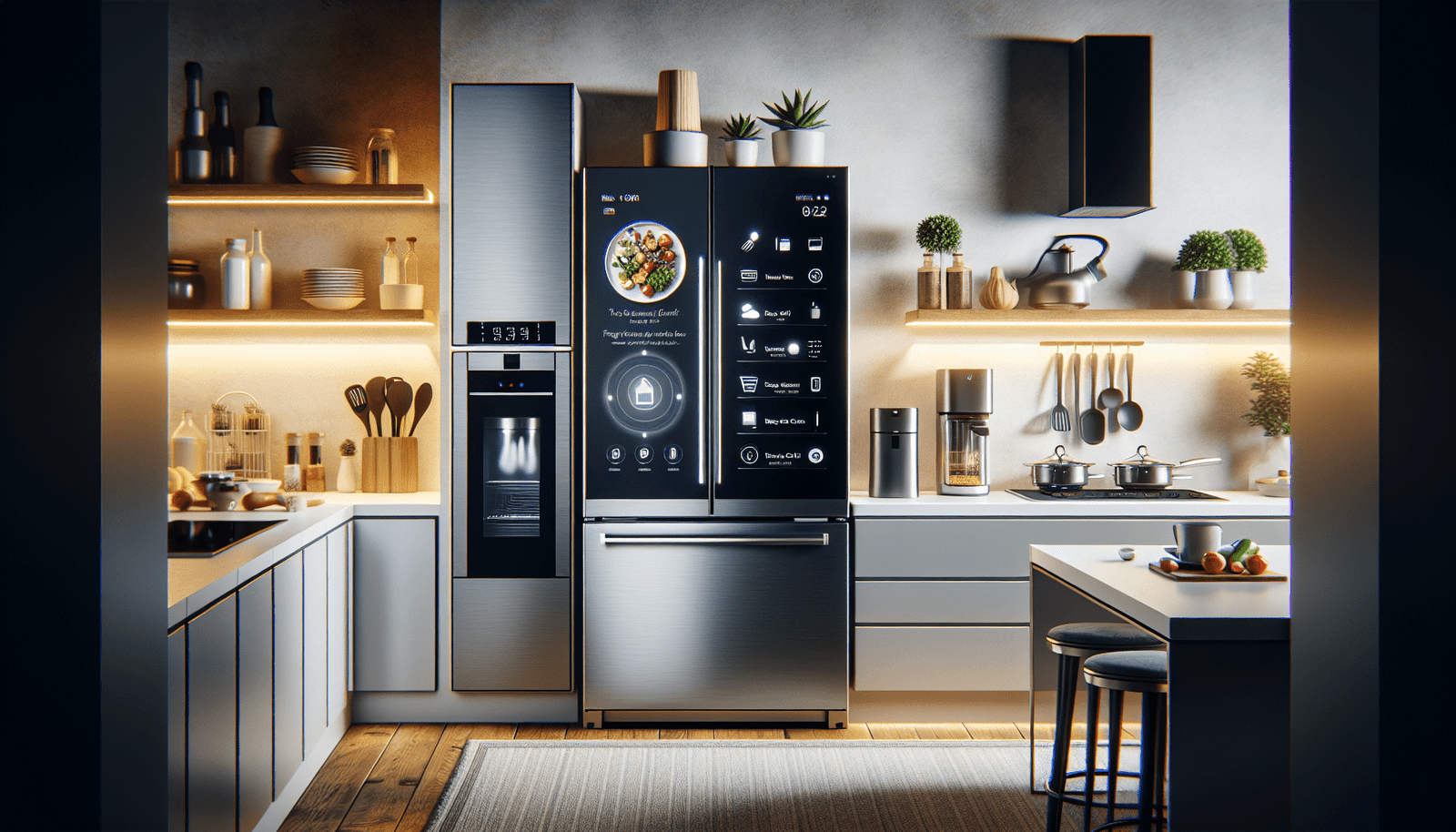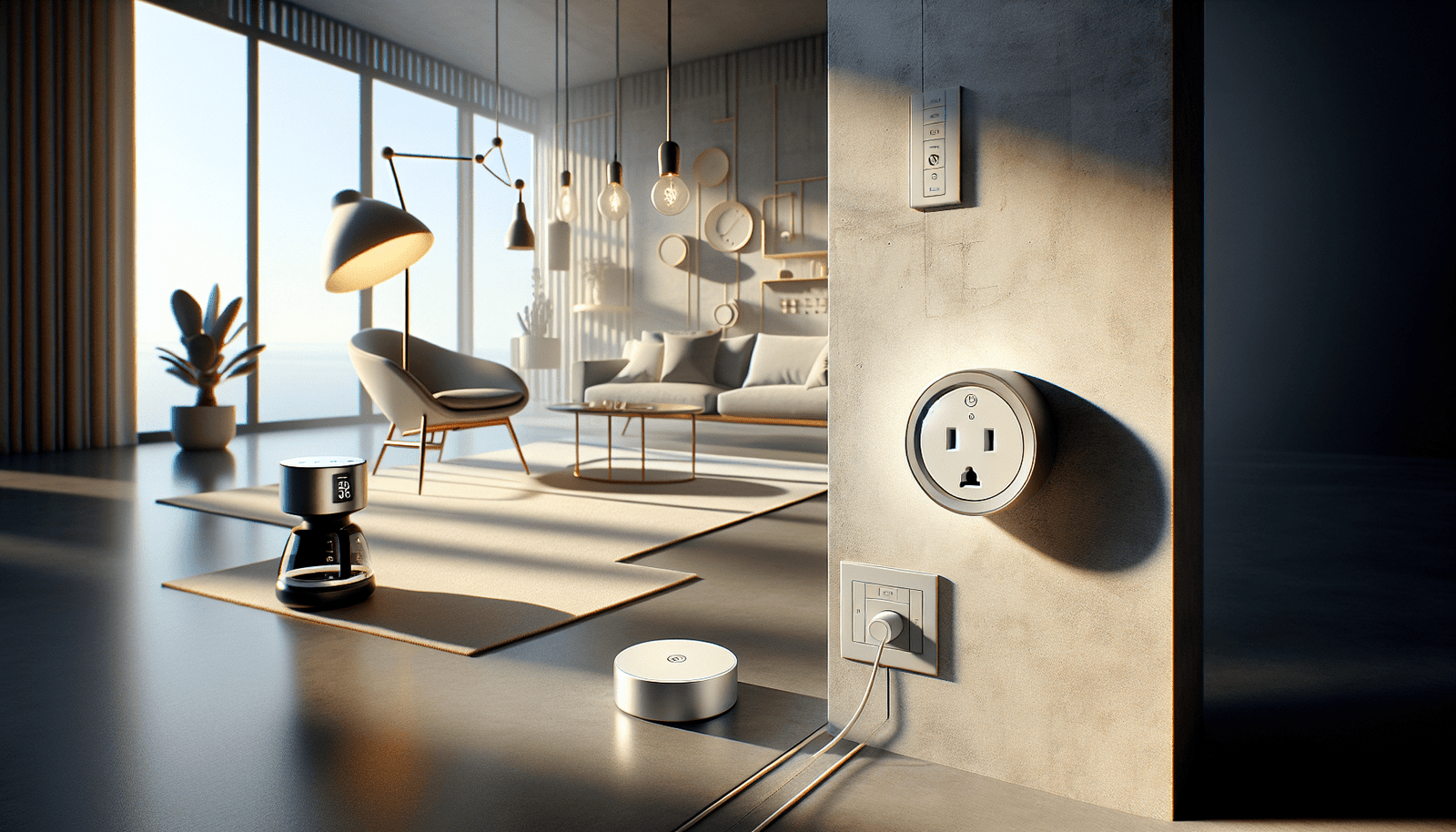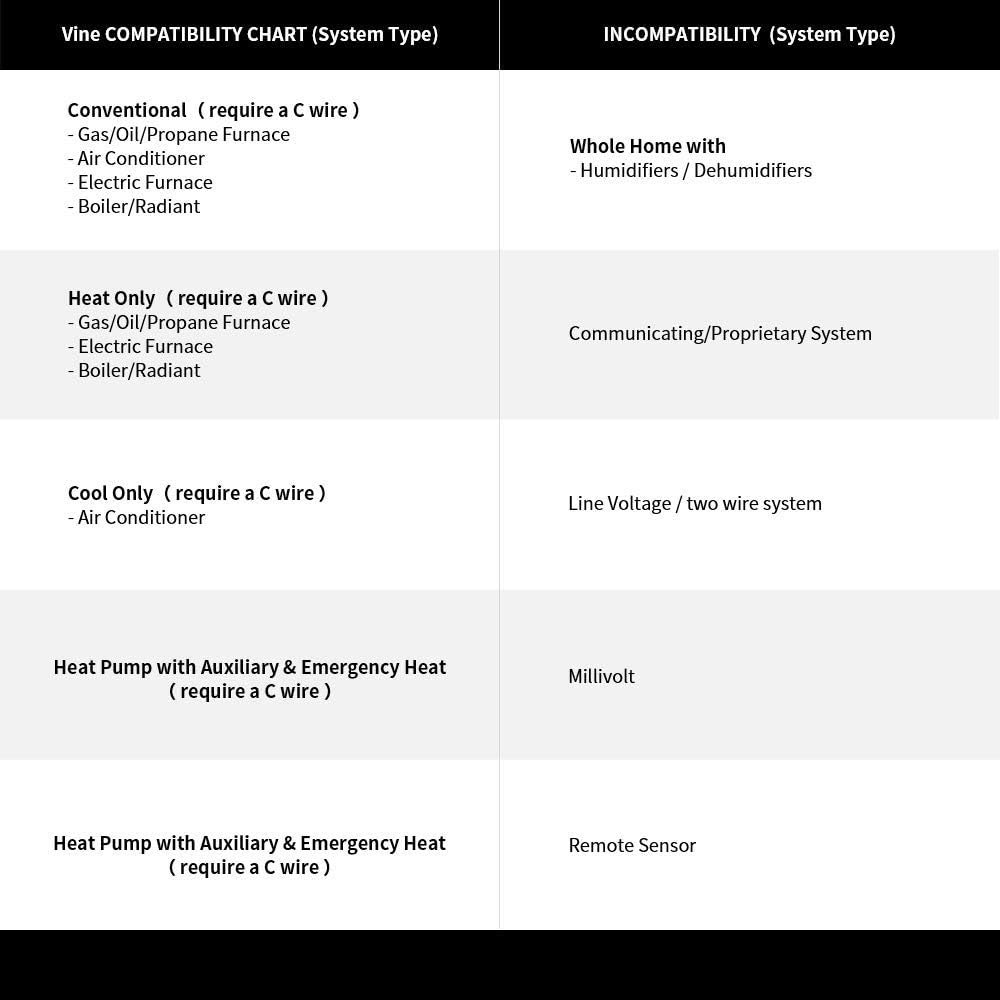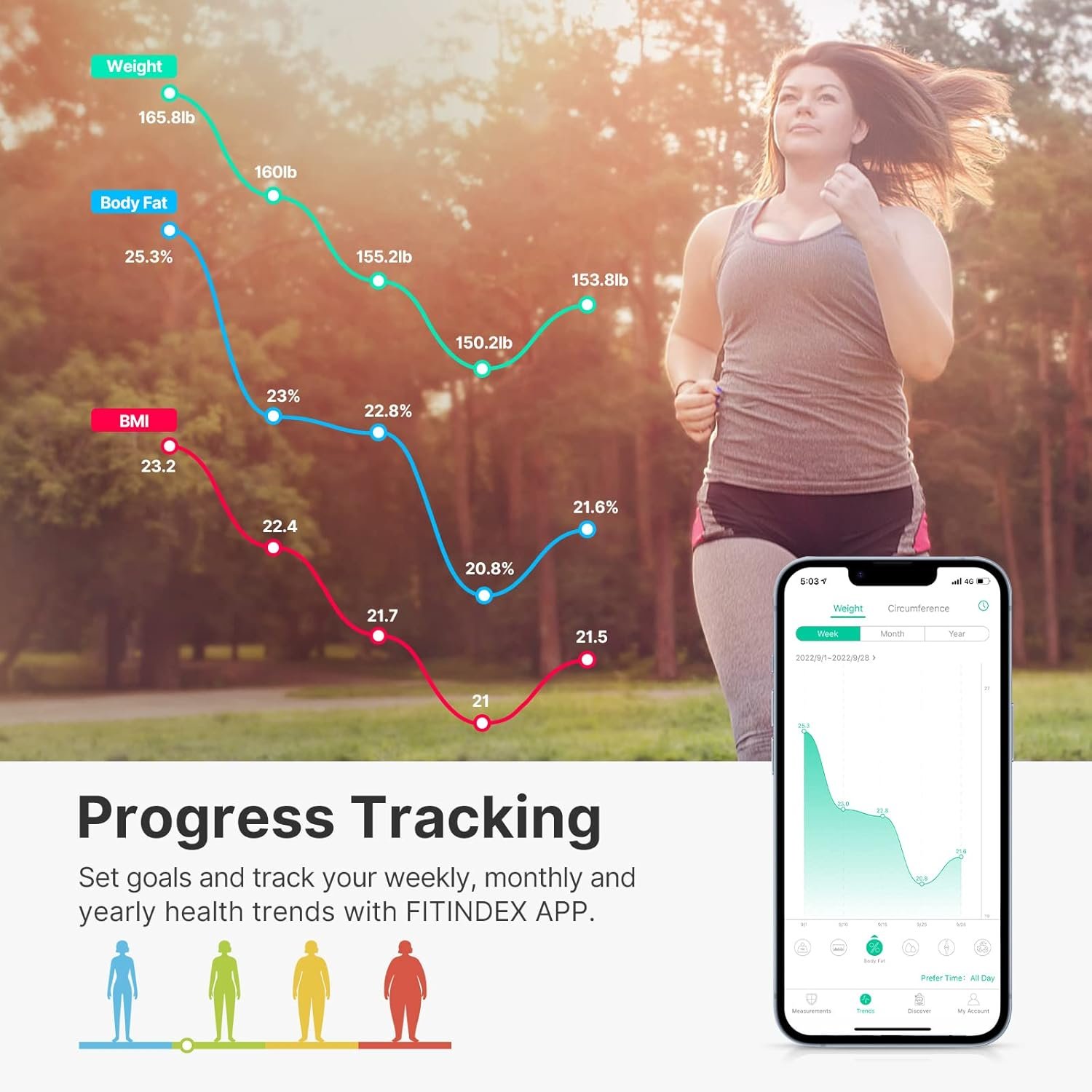Have you ever wondered if integrating smart technology into your home is as simple as replacing a traditional light bulb with a smart one? This curiosity often arises when exploring the ever-expanding realm of home automation. Smart bulbs can indeed make your living space more convenient, energy-efficient, and highly customizable. However, before you take the plunge, it’s essential to understand how smart bulbs work, their installation process, and the various features they offer, along with potential drawbacks.
How Do Smart Bulbs Work?
Smart bulbs are a fundamental component of smart lighting systems that connect to your home network and allow for advanced control through an app on your smartphone or a voice assistant. Unlike traditional bulbs, smart bulbs are equipped with technology that enables functionality beyond just illumination.
Connectivity Options
Smart bulbs connect to a smart home ecosystem through several options, such as Wi-Fi, Bluetooth, and Zigbee. Wi-Fi-enabled bulbs connect directly to your home network, offering remote control from virtually anywhere. Bluetooth bulbs, however, need to be within close proximity to the controlling device, which can limit their flexibility. Zigbee bulbs require a compatible hub but offer a more stable connection for larger smart home setups.
Key Features
Smart bulbs provide multiple features, including dimming capabilities, scheduling, and color-changing options. Dimming allows you to control brightness levels, enhancing ambiance and reducing energy consumption. Scheduling enables setting timers for when lights turn on or off, which can be particularly useful for energy management and security. Color-changing bulbs add versatility, offering a range of hues for different moods or occasions.
Installing Smart Bulbs
You’ll be pleased to know that installing smart bulbs is generally straightforward, not unlike replacing a regular bulb. However, understanding compatibility and requiring specific hubs can clarify the process.
Compatibility with Existing Fixtures
Most smart bulbs are designed to fit into standard light fixtures, making them a plug-and-play option for most homes. Nevertheless, verifying bulb compatibility with your fixtures is recommended, especially if you have unique or outdated fittings.
Hub Requirements
Certain smart bulbs need a hub to operate, like those using the Zigbee protocol. A hub acts as a central controller for your smart devices, facilitating communication between them and your network. While this adds a layer of complexity, it also provides more robust connectivity and integration with other smart home devices.
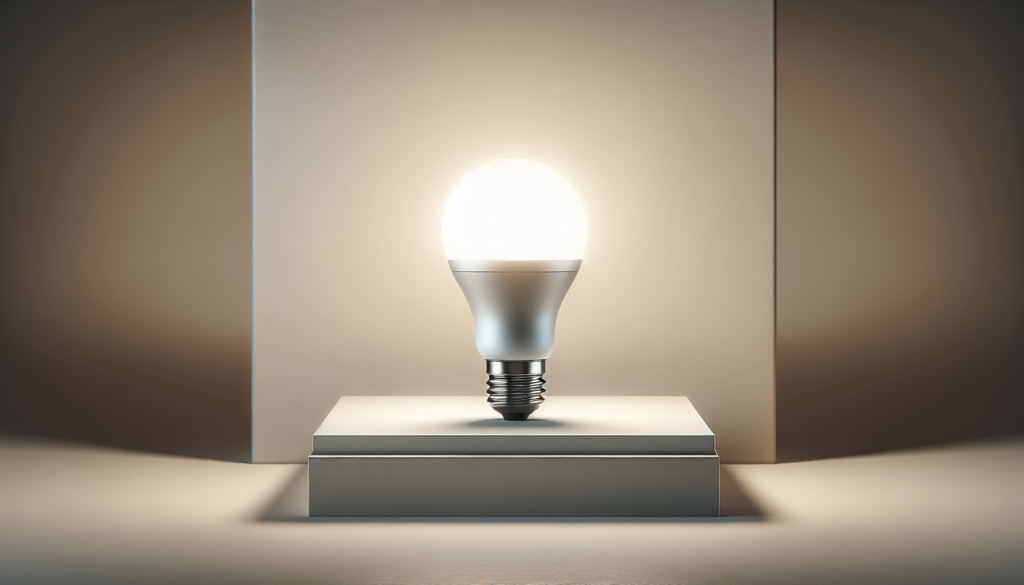
Energy Efficiency and Cost Considerations
Energy consumption and potential savings are critical factors when considering upgrading to smart bulbs. While they might have a higher upfront cost compared to traditional bulbs, their long-term benefits often outweigh this initial investment.
Power Consumption
Smart bulbs are typically LED, known for their energy efficiency and longevity. Despite their constant low power consumption used for connectivity, they consume less electricity than conventional incandescent or fluorescent bulbs when in use.
Potential Savings
Using smart bulbs, particularly in dimming and scheduling features, can significantly reduce your electricity bills. By ensuring lights are on only when needed, you can prevent unnecessary energy wastage. Additionally, occupancy sensors in smart lighting systems contribute to further energy conservation.
Automating and Integrating Smart Lights
Smart bulbs enhance home automation, offering user convenience, security, and energy management. Their integration with voice assistants and other smart devices further optimizes their functionality.
Control Options
Smart bulbs can be operated through mobile apps, allowing control over lighting settings even when you’re not at home. Similarly, voice assistants like Alexa, Google Assistant, and Apple HomeKit enhance user experience by providing hands-free control.
Automation Capabilities
You can automate smart bulbs using personalized schedules or routines. Integrating bulbs with motion sensors, for instance, can ensure lights turn on as you enter a room and off when it’s unoccupied, maximizing their utility and benefits.
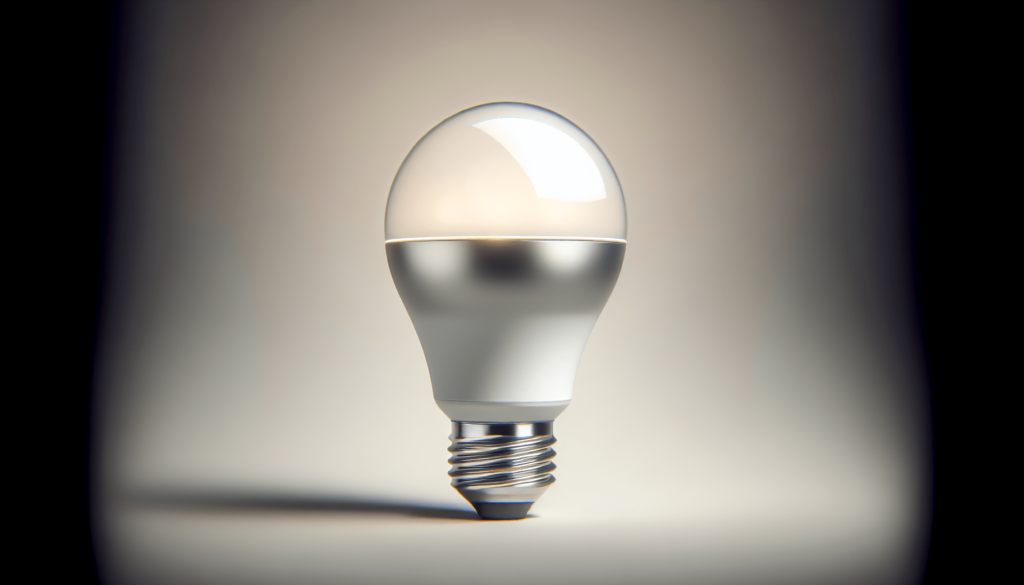
Drawbacks and Limitations
Despite their advantages, smart bulbs have certain limitations and potential drawbacks that you should consider.
Bandwidth Usage and Latency
Wi-Fi-linked smart bulbs may strain your home network, especially if you have numerous devices connected. Additionally, there might be latency issues, causing a delay in response time when adjusting settings.
Security Risks
As with any device connected to the internet, smart bulbs are vulnerable to security risks. It is vital to keep their firmware updated and to secure your network with robust passwords to mitigate potential cyber threats.
Potential Power Consumption When Off
Smart bulbs consume a minimal amount of power even when turned off due to their connectivity needs, known as standby power usage. While minimal, it’s worth noting when considering full house integration.
Troubleshooting and Best Practices
Navigating issues with smart bulbs often comes down to connectivity and recognition problems. Understanding how to troubleshoot these can enhance your user experience.
Connectivity Issues
If a smart bulb isn’t responding, ensure it’s within range of your network or hub, as interference can lead to connectivity problems. Rebooting the bulb or network device can also resolve these issues.
Power Failures
In cases of power outages or glitches, smart bulbs can sometimes revert to default settings. Ensuring lights retain previous states or settings is possible with compatible features or through your smart platform’s settings.
Recognition Problems
If a device doesn’t recognize your smart bulb, it could be due to a misconfiguration or incompatibility. Deleting the bulb from your smart system and re-pairing it often solves the problem.
Exploring Smart Lighting Ecosystems
Integrating smart bulbs with other components like switches, dimmers, and hubs can create a seamless smart home atmosphere, enhancing user experience.
Interaction with Smart Switches and Dimmers
Smart switches and dimmers can complement smart bulbs, offering manual control over lighting when a phone or voice assistant isn’t accessible. These components help integrate various lighting needs into one cohesive system.
Role of Lighting Hubs
Hubs are valuable for users seeking a holistic smart home approach. They connect different smart devices, including bulbs, ensuring everything works harmoniously without overloading your home network.
Outdoor and Specialty Uses
Expanding smart lighting solutions to outdoor and speciality applications can improve security and functionality throughout your home environment.
Outdoor Smart Lighting
Weather-resistant smart bulbs are available for outdoor use, providing smart capabilities for porch lights, garden lighting, and pathways. These bulbs are designed to withstand environmental elements while maintaining connectivity and efficiency.
Special Applications
Beyond regular use, smart bulbs can serve unique functions, such as security lighting with motion sensors, ensuring your property remains well-lit only when necessary. These applications contribute both to home security and energy saving.
Future Trends in Smart Lighting Technology
As technology progresses, smart lighting evolves to include more advanced features and capabilities, further integrating into your home ecosystem.
Enhanced Integration
Future trends suggest tighter integration with broader smart home systems. Enhanced AI capabilities might allow more predictive and adaptive lighting that aligns better with personal habits and preferences.
Energy and Cost Innovations
Emerging technologies could also decrease power consumption further, increasing savings. Additionally, more affordable smart bulbs are anticipated to become available, making them a more accessible option for all home types.
Smart bulbs undoubtedly represent a significant leap forward in home automation and energy management. Understanding their comprehensive functionalities, installation nuances, potential challenges, and future directions empowers you to make informed decisions. Whether you’re a homeowner, a renter, or just someone enthusiastic about the potentials of smart home technology, smart bulbs offer a promising addition to your space, blending convenience with modern innovation.
Disclosure: As an Amazon Associate, I earn from qualifying purchases.
